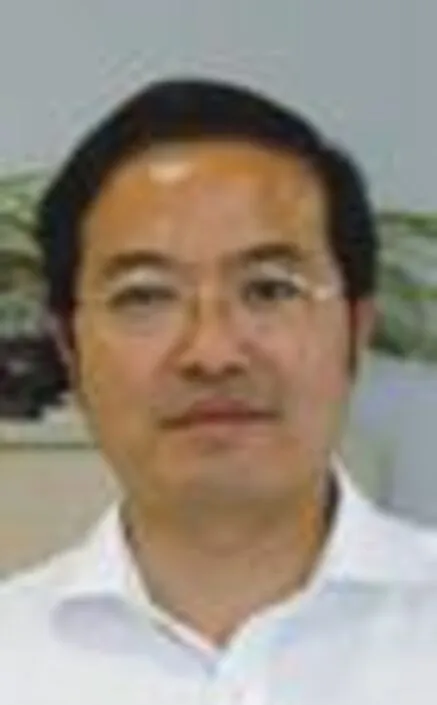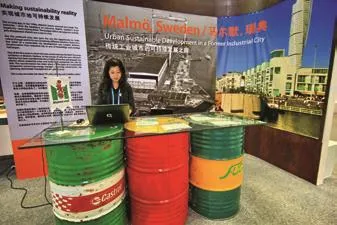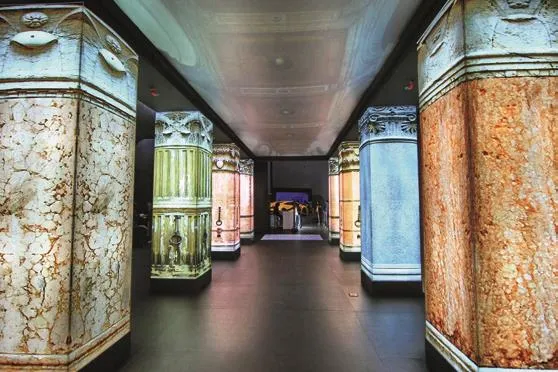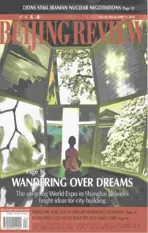Urban Ideas From Around the World
2010-09-12SunLiansheng
Urban Ideas From Around the World

Sun Liansheng
The Urban Best Practices Area (UBPA) of the World Expo in Shanghai aims to introduce various ongoing practices designed to improve the quality of urban life as global urbanization increases, and provide a platform for all the cities of the world to share and exchange experiences in urban management and development.
In an exclusive interview with Expo Weekly reporter Gong Haiying, Sun Liansheng, Director of the UBPA Department of the Bureau of Shanghai World Expo Coordination, shares the story behind preparing the unique project.
Expo Weekly: It is reported that Expo organizers received 106 representations from 87 cities all over the world for the UBPA. Eighty were chosen to serve as case studies. In the face of so many choices, what were the criteria for selection?
Sun Liansheng: The qualifying criteria were based on three principles: First, selected best practices must be universal, innovative and paradigmatic; second, they should contribute to a balance in terms of representation of different parts of the world, and different approaches to solutions; and third, the way they display their practices should have the power to appeal to a broad spectrum of visitors. Upholding these three criteria, the UBPA International Selection Committee (ISC), consisting of 15 representatives from major international organizations, made their selection.
After the UBPA exhibition cases were chosen, what was the most diffcult part of the construction phase?
Since the UBPA is unique to this Expo, we could not tell who would be willing to be involved. Another diffcult part was the construction of pavilions. Since the investment of the participating cities was large, it was not easy to reach an agreement on the pavilion construction contract.
A “livable city” is a common goal for many urban administrators. What should a “livable city” be like?
In my view, a “livable city” should meet at least three standards: First, minimum“green coverage” should be at least 50 percent; second, urbanites should be entitled to comfortable and convenient personal and public space; third, they should be able to enjoy a healthy lifestyle through public facilities and services.
Which parts of the UBPA would you recommend to visitors?
Each of the 80 UBPA cases from Chinese and foreign cities is worth recommending and promoting, because each is wonderful.
As we all know, urbanization has posed many problems for human development. The UBPA examples excel in solving these problems and prescribing effective solutions. For example, Madrid’s low-income housing offers a solution for city dwellers who could not normally afford housing.
In the areas of energy consumption and urban construction, the Hamburg House, Alsace Pavilion and London’s Zerocarbon House all offer experience and solutions.
The UBPA reportedly will be preserved permanently. Why?
The buildings in the UBPA will be preserved, but the exhibits inside will be removed when the Expo ends. The Shanghai Municipal Government will draw up plans on how to use these buildings. The pavilions in the UBPA are not isolated exhibition halls, but a cluster of open buildings and spaces. Entering the UBPA is like wandering around in an old town in Europe, with residential houses, art galleries, office buildings and bicycle lanes. These blocks will be put directly into use after the Expo, and will definitely play a leading role in shaping urban development ideas and practices in Shanghai.
It is correct to say all Chinese cities will be able to find inspiration in the UBPA, where there are exhibitions from both developing and developed countries. Some of these cases can be adopted in whole, while others can be practiced in part, such as the Brazilian method of treating outdoor advertising billboards.
Some cities have exhibited a wide range of eco-technologies; we can choose to employ these technologies ourselves here in China.
Good urban development examples are provided in the UBPA, as well as exhibitions on the urbanization of Chinese villages. Minghua Town in north China’s Tianjin and Tengtou in east China’s Ningbo have taken different approaches to urbanization. I would say there are no good or bad practices.
Will you specify which cases are suit-able for China’s urban development?
Many Chinese cities have exhibits in the UBPA, displaying different methods and strategies. These cases represent Chinese ways of urban development.
A nation’s urbanization process is specific to its overall development process and is infuenced by various political, economic, social and cultural factors. The urbanization process usually parallels a nation’s economic development. We cannot solve every problem brought about by urbanization through technology. We also need to rely on public policies, institutional regimes and changing cultural concepts.
We have to use advanced ideas and thinking rather than focusing only on technologies. Take garbage disposal, for instance. We used to simply burn most of our refuse. But then we learned a new concept from Taipei called “zero landfll.”This practice simply consists of classifying garbage into different categories. With this method, annual disposal in Taipei has dropped from 15 million tons to just 500,000 tons, of which 80 percent is recycled for further use.

BIG SUCCESS: The Malmö Pavilion in the Urban Best Practices Area of the World Expo shows a feasible road for old industrial cities’ transformation to sustainable development

ITALIAN EXAMPLE: The Bologna Pavilion in the Urban Best Practices Area of the World Expo offers a sensory experience of different aspects of life in the 4,000-year-old city
In another instance, to counter the energy crisis some cities have not only developed new energy-efficient vehicles, but also created new neighborhoods for residential houses and office buildings. They have also created bike lanes so people don’t have to drive or commute to the office. This solves transportation energy problems as well as encouraging an ideal way of living.
How will the theme of the Expo affect future urban development?
By hosting the Expo, Shanghai will soon realize a dream of becoming a desirable city to live in. We are already drawing on the experience of other places. Hangzhou has already built bike lanes based on the model of Odense in Denmark.
I hope Shanghai will host some kind of world city conference after the Expo ends, so that the best concepts of urban development and the best urban practices can live on in the city and in China.
